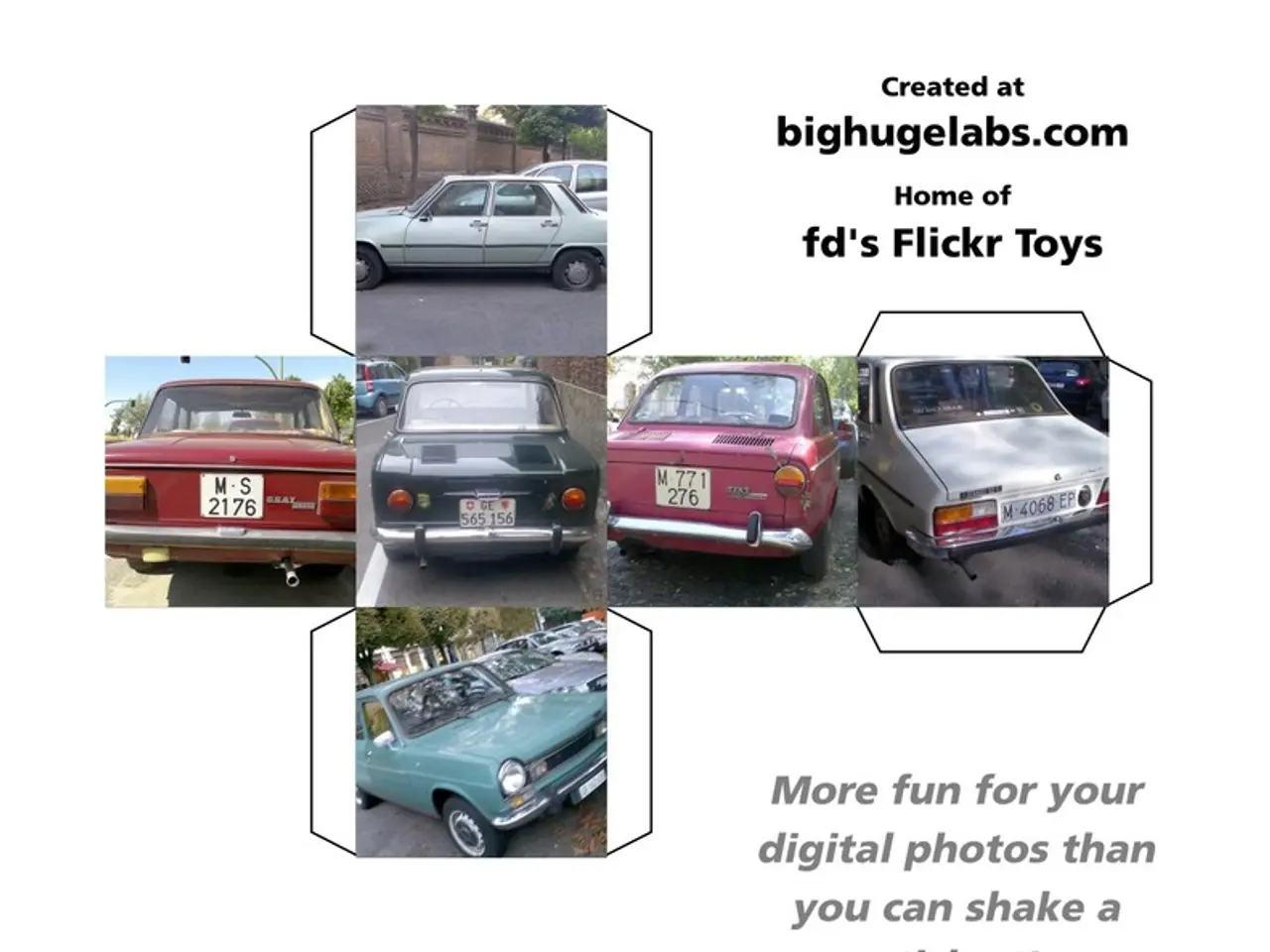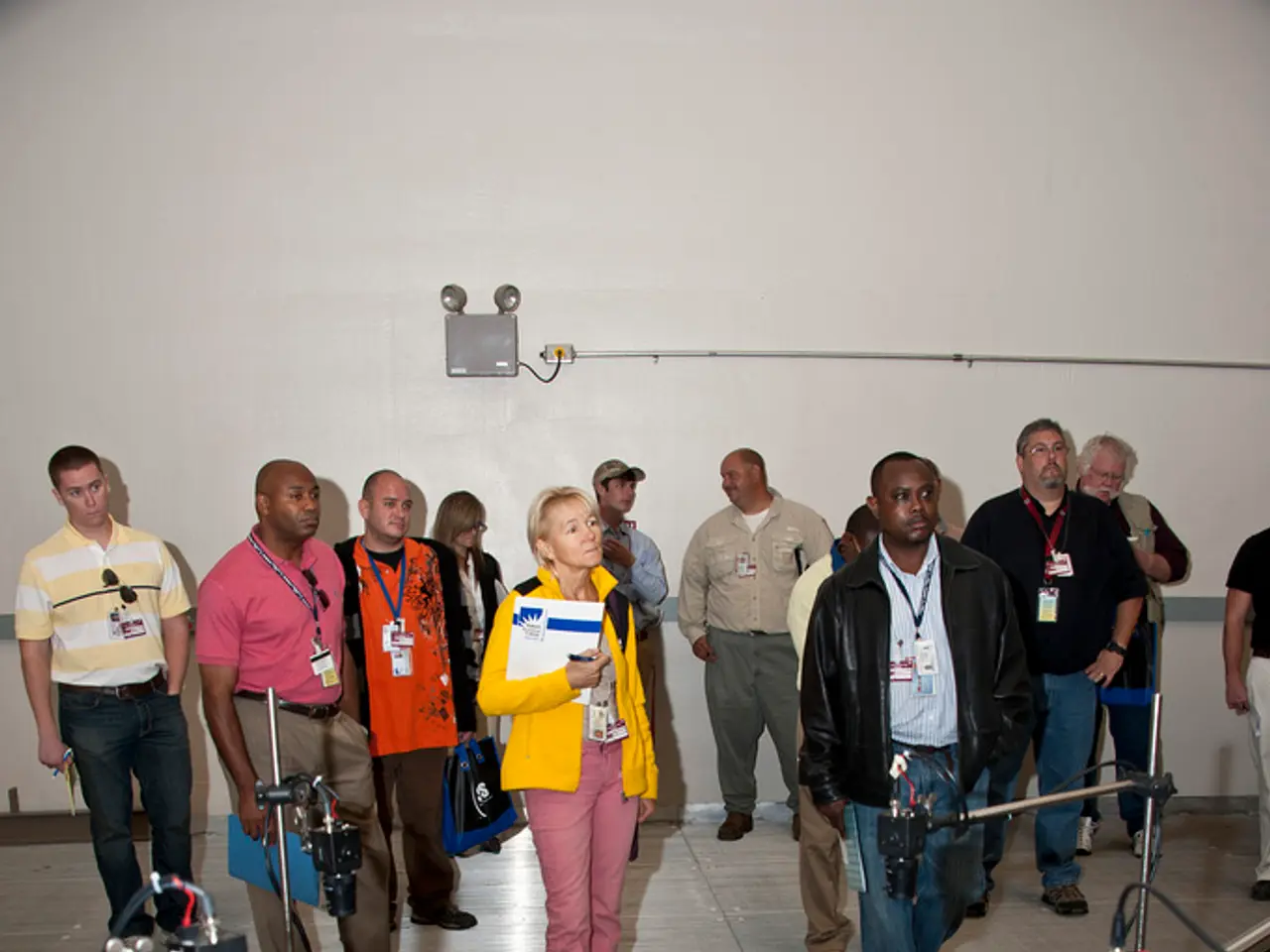Exposing vulnerabilities in nonprofit organizations through Fed's new targeting strategies
In the heart of the city, last Thursday saw the gathering of experts and leaders from nonprofits in various fields at the Nonprofit OpCon event held at Hebrew Union College. Representing 18% of New York's private workforce, these organizations are adopting multiple strategies to address underutilized office spaces, automation, and diversifying funding streams amid budget cuts and shifting policies.
The slow adoption of new technology and AI in the nonprofit sector has been a persistent issue, primarily due to limited financial ability and generational hesitancy. However, panelists emphasized the importance of adapting to executive orders from the Trump administration and urged attendees to streamline processes and not waste resources. Experts suggest that nonprofits should share underutilized office spaces with peer or partner organizations to leverage some of the city's unused office space, creating joint programs and collaborations.
One such strategy is data-driven space optimization. By rightsizing through space utilization data, nonprofits can reduce their footprint and costs. This approach includes consolidating or subleasing excess space and redesigning workplaces to be flexible, with unassigned desks and multifunctional areas. Some organizations are even exploring office reuse options like conversions to self-storage or other community-beneficial uses to better leverage space viability and respond to falling office property values.
Regarding funding diversification, nonprofits are focusing on scenario planning to understand fixed vs variable costs, personnel expenses, and contract terms. This enables informed decisions such as delaying filling positions or adjusting programs. They also seek partnerships and collaborations for shared back-office support or program delivery to reduce costs and expand resources.
The disconnect regarding AI and its impact on the human side of fundraising needs to be addressed, according to Francesca Frederick, CEO and cofounder of Grantyd. She stated that a disconnect is happening, with people thinking AI will remove the human side of fundraising. However, AI and technology are not intended to remove the human side of fundraising but to make space for it, she clarified.
The need for nonprofits to collaborate and partner with each other to ensure their survival for the next five and ten years was emphasized by David Carlos. Flexible workspaces remain essential to attract and retain talent, as most of the city's workforce has continued to adopt hybrid schedules since the COVID-19 pandemic. The event highlighted the need for organizations to be agile and strategize to leverage challenges rather than just accept them.
In conclusion, nonprofits are blending data-driven space optimization, flexible office design, alternative space uses, financial scenario analysis, and collaborative partnerships as key strategies to navigate budget constraints and policy changes while seeking operational and funding resilience.
Nonprofits are exploring the use of technology, such as AI, to address the disconnect in the human side of fundraising, recognizing that it is intended to make space for, not replace, the human element. Additionally, to address underutilized office spaces and financial constraints, nonprofits are considering partnerships and collaborations for shared back-office support, program delivery, and space utilization.




